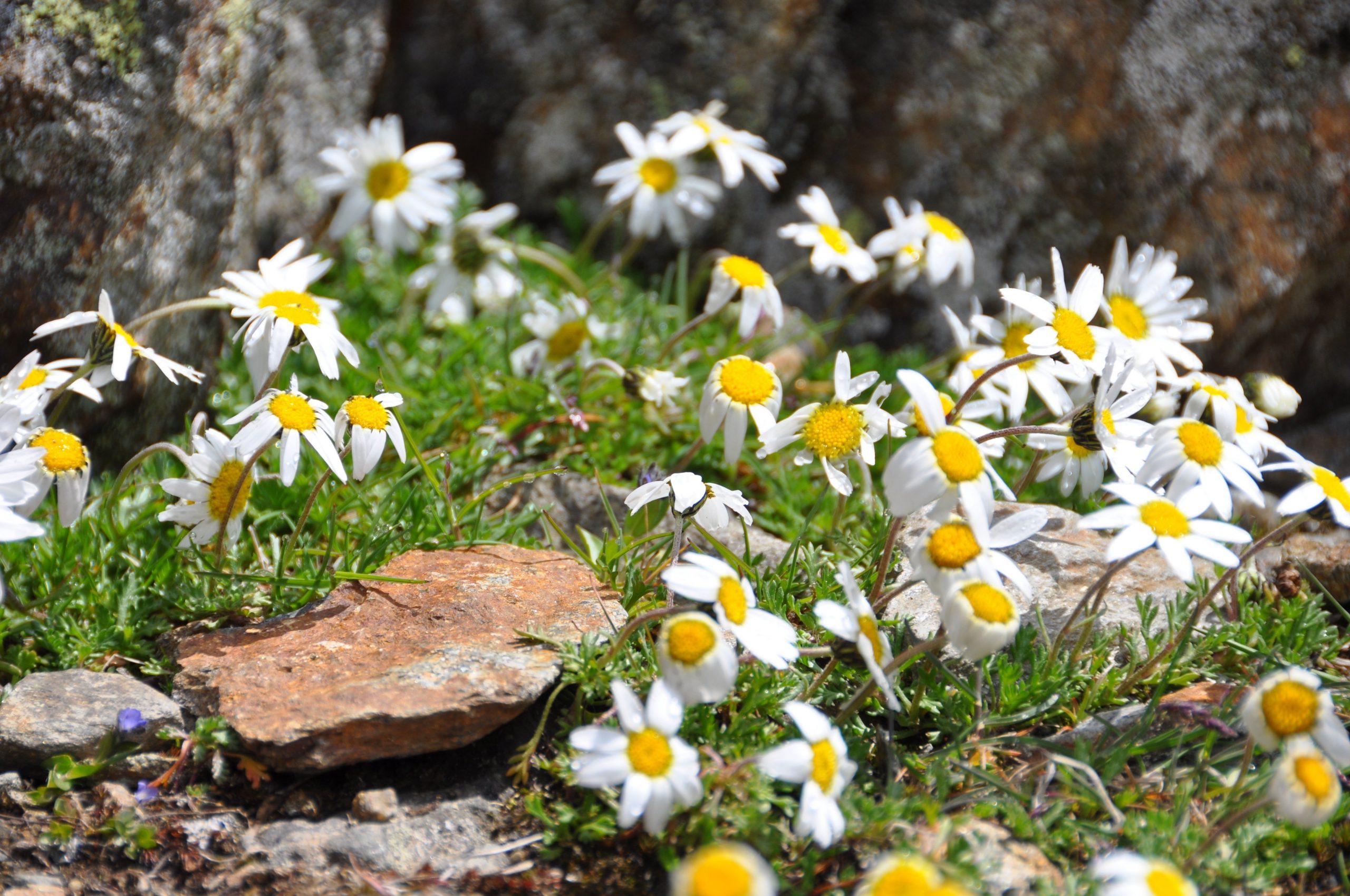
Whereas other plants (such as grapes) respond swiftly to changes in climate, alpine plants seems to take their time to adapt. It is true that they are gradually creeping upwards so as to avoid earlier rising temperatures. But according to a study carried out by ecologists at the University of Vienna and the Swiss WSL (Swiss Federal Institute for Forest, Snow and Landscape Research), the tempo at which they are acclimating is still too slow. The team led by Sabine Rumpf and Stefan Dullinger – both from the Department of Botany and Biodiversity Research in Vienna – observed in their studies that these plants tend to die out rather slowly in locations that are nowadays too warm for their species. However, this same kind of migration delay has also been seen amongst new plants that have re-colonized themselves in regions which were previously too cold for them. Consequently, when it comes to global warming, the current biological situation of many alpine plants leads us to conclude that they will not acclimatize in time in order to be able to propagate their species further.
Comparison between the years before 1970 and 2014/15
For their research work, the team compared the changes in flora in the Alps between the years before 1970, and the years 2014/15 at over 1,500 study sites. They also examined the observable changes in light of what was expected in relation to the changes in climate. Results revealed that almost none of the plant species kept up with climate warming without some lag. Even though nearly 135 of them were studied in detail.
„Sixty percent of the species can still be found in areas that they are no longer suited to in terms of climate,” Rumpf says, summing up the results, “Thirty-eight percent have not populated any of those areas that now offer a suitable climate, and we observed no signs of migration delay in either direction for just 7 percent.”
Risk of underestimating climate change
“Delayed migration implies that, on the basis of current evidence, we tend to underestimate the full extent of the consequences of climate change,” warns Stefan Dullinger, “it is particularly problematic where populations will only become extinct in the future, perhaps decades from now, due to the climatic conditions that already exist.”
This so-called “extinction debt” is not randomly distributed across species and regions. It is especially prevalent among species at the highest altitudes. It is precisely these species that are considered to suffer the most from climate warming. After all, they hardly ever have the opportunity to migrate to higher regions.
Delays also offer opportunities
The greater the risk for a species, the slower it seems to take to realize this threat. However, the slow response of high alpine populations also increases the chances that these species will succeed in adapting to the change in conditions as they evolve. However, there is only a glimmer of hope:
“This is an opportunity that plants will only be able to exploit if we succeed in getting global warming under control and stabilizing the climate as soon as possible,” Rumpf concludes.
This study was recently published in Nature Communications.

